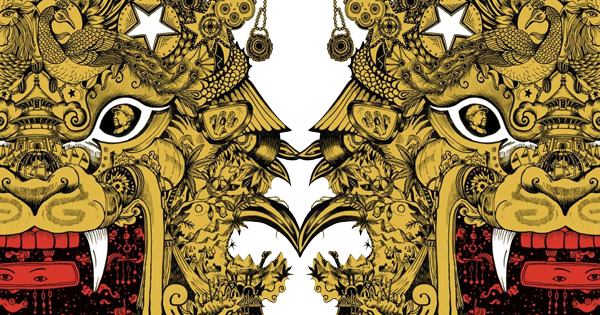
Welcome to The Guest List, a web-only feature asking writers who know more than we do to make lists of their favorite books on a particular subject. Our first list, from the novelist Susan Barker, is timed to the 50th anniversary of the start of the Cultural Revolution in China.
When I started working on the book that became The Incarnations, I knew I wanted to write about contemporary China and the effect of the rapid economic and social changes on the lives of ordinary citizens. I was also fascinated by China’s imperial history, and decided to weave stories from other historical eras into the book—stories inspired by classical and contemporary texts. The Incarnations ended up spanning nearly 1,500 years, from 7th-century Tang Dynasty China to 2008 pre-Olympics Beijing, and was influenced by folklore, erotica, novels, essay collections, and memoir. Some of the books listed below were on my radar as “must-read” books about China. Others I stumbled upon in libraries or in dusty corners of secondhand bookshops. Together they form a history of China, both real and imagined, that is the backdrop to The Incarnations.
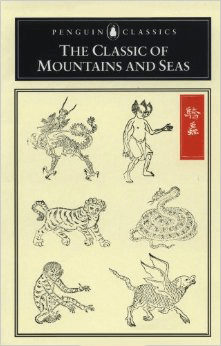
Classic of Mountains and Seas by Unknown Authors
The Classic of Mountains and Seas, written by several anonymous authors over five centuries from 400 B.C. to 100 A.D., describes a mythical terrain surrounded by four seas. Chapter by chapter, the book moves through imaginary landscapes of mountains (Mount Loftyglare, Mount Hiddenabyss, Mount Lonefox), rivers (the River Sveltedeer, the River Mudwash), wildernesses (the Wilderness of Alldieyoung), and countries of strange people (such as the Country of Featherfolk, whose inhabitants are covered in long feathers). The closest comparisons to the Classic of Mountains and Seas are Jorge Luis Borges’s Book of Imaginary Beings or Italo Calvino’s Invisible Cities, which are guides to the authors’ imaginations as much as to the strange creatures and topographies within.
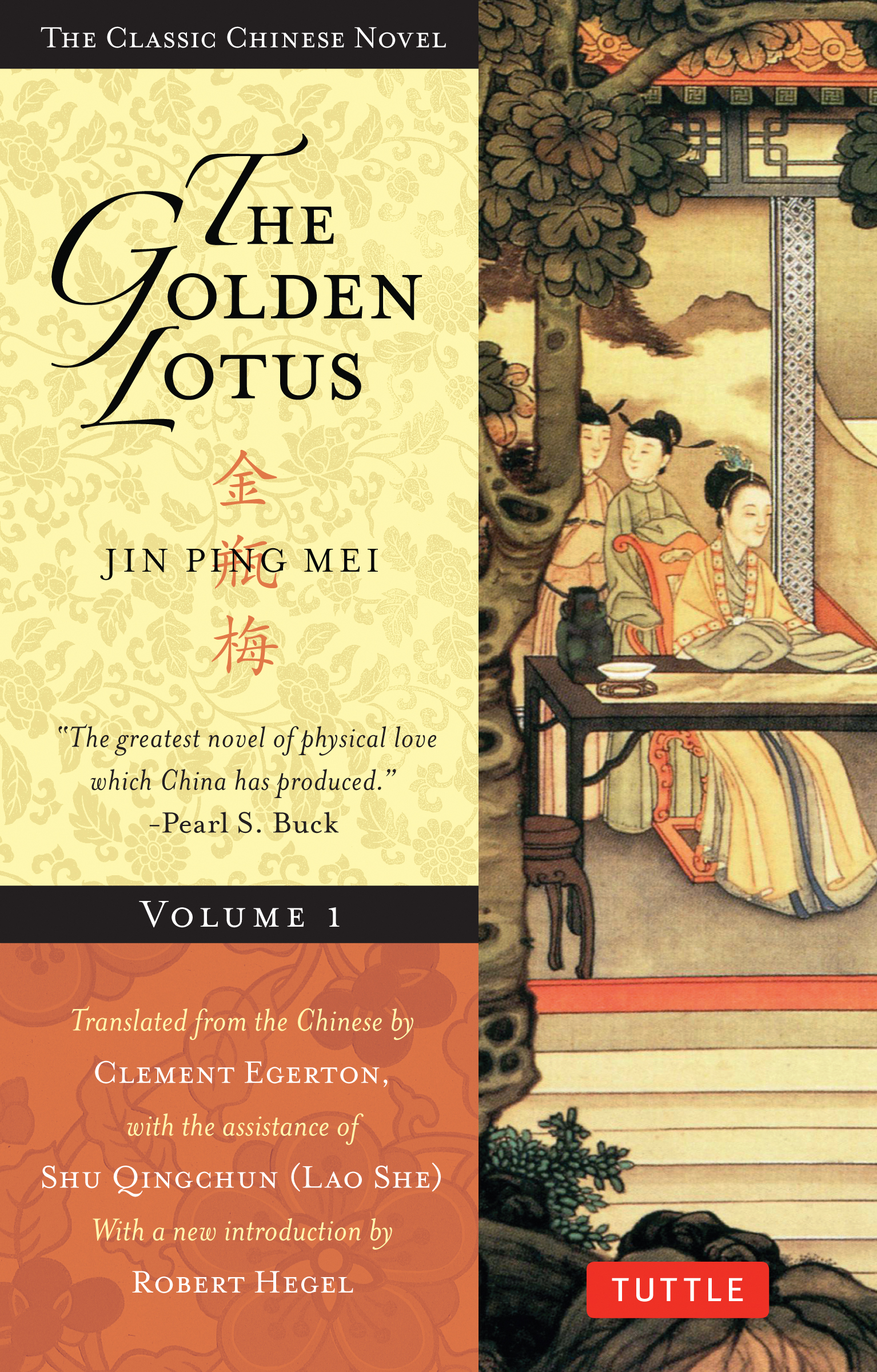
The Golden Lotus by The Scoffing Scholar of Lanling
Perhaps China’s most notorious work of erotica, The Golden Lotus was written during the late Ming Dynasty by a pseudonymous author called the Scoffing Scholar of Lanling. The tale centers on the exploits of the corrupt merchant Ximen Qing and his harem of wives and concubines. Though the 100-chapter, 3,000-page novel is known for its explicit content, bawdy jokes, and bizarre sexual techniques and fetishes, The Golden Lotus is also a critique of 17th-century China and the last days of the decaying Ming Dynasty. Much like the nation’s rulers, Ximen Qing abandons his duties and disappears into pleasure, drinking, and debauchery to eventually die of sexual excess at the age of 33.
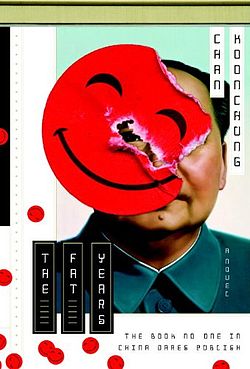
The Fat Years by Chan Koonchung
Published in 2011 and set in the (then) near future of 2013 (a “future” that has since come to pass), The Fat Years describes a China of economic success and social harmony, where all citizens are happy and content. The catch is that the entire month of February 2011 has been erased from official records, media archives, and the collective memory of China’s populace. The majority of China’s citizens are too complacent to care, but a small group that includes a Hong Kong expatriate writer in Beijing (not unlike Chan Koonchung himself) kidnaps a senior Communist Party official to find out the truth of the missing month and the deceptions behind the nation’s Fat Years. The novel’s main theme of collective amnesia resonates powerfully with the reality of China today, where historical incidents that cast the Communist Party in a negative light (such as the Tiananmen Square Massacre) are censored out of China’s national consciousness. Unsurprisingly, The Fat Years was banned from publication in the PRC.
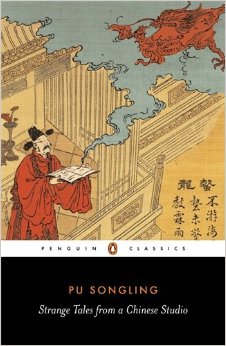
Strange Tales from a Chinese Studio by Pu Songling
Written by Pu Songling during the early Qing Dynasty, Strange Tales from a Chinese Studio consists of 500 short stories about supernatural phenomena, including encounters with spirits and demons, and chilling tales about trolls, strange beasts, and fox faeries (evil shape-shifters that assume the form of irresistibly beautiful women to seduce and trick men). Strongly influenced by Chinese folklore, Strange Tales from a Chinese Studio also offers insight into the lives of both commoners and nobility in 17th-century China, along with the myths and superstitions that many accepted as truth.
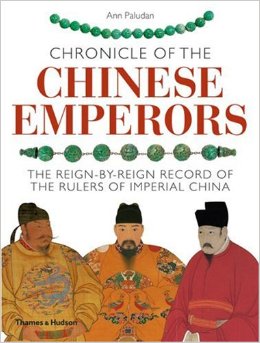
The Chronicle of the Chinese Emperors by Ann Paludan
Spanning over 2,000 years from 221 B.C. to the early 20th century, The Chronicle of the Chinese Emperors is an exquisitely illustrated reign-by-reign record of China’s 157 emperors, depicting each in his imperial robes, along with artworks and architecture from every era. Not only does Paludan’s reference book have biographies of every emperor, from the wise and judicious (such as Emperor Kangxi of the Qing Dynasty), to the corrupt and dissolute (Emperor Jiajing of the Ming Dynasty), it also offers a historical overview of imperial China’s changing society, including its most turbulent revolutions and wars.
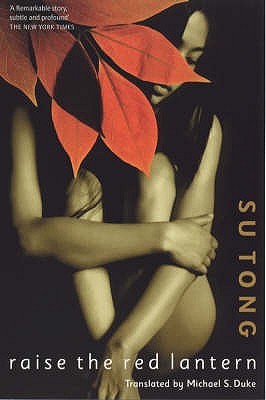
Wives and Concubines by Su Tong
The protagonist of Wives and Concubines (adapted by Zhang Yimou into his film Raise the Red Lantern) is a woman called Lotus, who drops out of college when her father’s tea business goes bankrupt and becomes a concubine to the wealthy Chen Zuoqian, who already has three other wives: Joy, Cloud, and Coral. The wives and concubines live together in a traditional courtyard residence, and Su Tong captures the stifling claustrophobia of their world, as well as its cruelty, rivalry, and back-stabbing as they jostle for primacy with Chen Zuoqian.
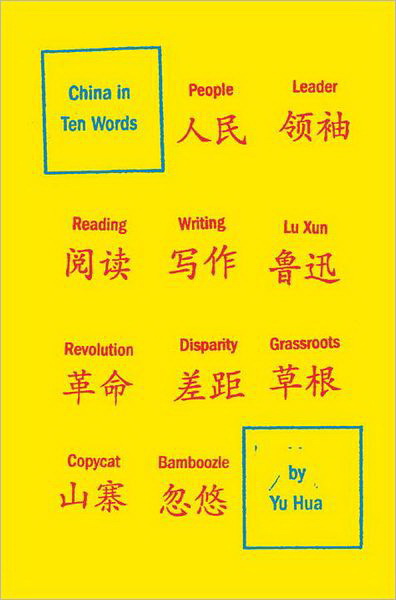
China in Ten Words by Yu Hua
Yu Hua’s essay collection is part memoir, part social commentary, as he writes about both his experiences growing up during the Mao Zedong era and the moral disintegration he perceives in Chinese society today. The essay topics range from Yu Hua’s secret reading of banned pornographic books during the Cultural Revolution, the literature of Lu Xun, the widening chasm between China’s rich and poor, and the proliferation of con artists and sellers of counterfeit goods. Shot through with Yu Hua’s brutal honesty and caustic gallows humor, China in Ten Words is both gripping and insightful.
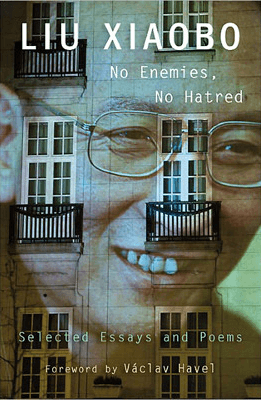
No Enemies, No Hatred by Liu Xiaobo
In this collection of essays, poetry, speeches, and other miscellaneous documents, Nobel Peace Prize-laureate Liu Xiaobo (who is currently serving an 11-year prison sentence for “inciting subversion of state power”) delivers a powerful critique of the Communist Party and its assault on human rights and freedom of expression. Divided into sections covering China’s politics, culture, and international relations, Liu Xiaobo’s idealism, morality, and determination to “defuse hate with love” are evident on every page.
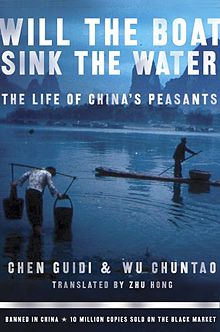
Will the Boat Sink the Water by Chen Guidi and Wu Chuntao
Chen Guidi and Wu Chuntao spent three years travelling around rural Anhui province to document the experiences of villagers fighting against illegal (and cripplingly excessive) taxes levied by local Communist Party officials. Justice seldom prevails for the exploited villagers, and Will The Boat Sink the Water? is a heartbreaking, frustrating, and riveting read. Though banned in mainland China (Chen and Wu highlight one-party rule as a reason for the endemic corruption in China’s rural government), Will the Boat Sink the Water has nonetheless sold an estimated seven million copies in pirated editions.
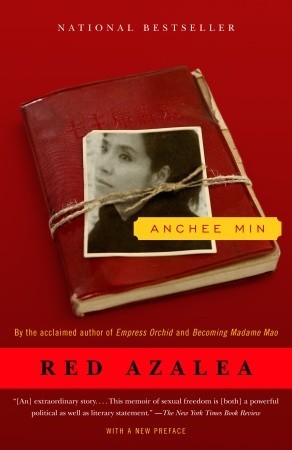
Red Azalea by Anchee Min
Anchee Min’s memoir of growing up during the Cultural Revolution follows her transformation from devout Communist student to politically disillusioned young actress in a Shanghai film studio, with a stop at the communal Red Fire Farm for years of gruelling manual labor. As much a coming-of-age story as a firsthand account of the tragic waste of youth and potential during the Mao Zedong years, Red Azalea is filled with unremitting hardship and injustice, from which Min’s love affair with another woman offers brief respite.

